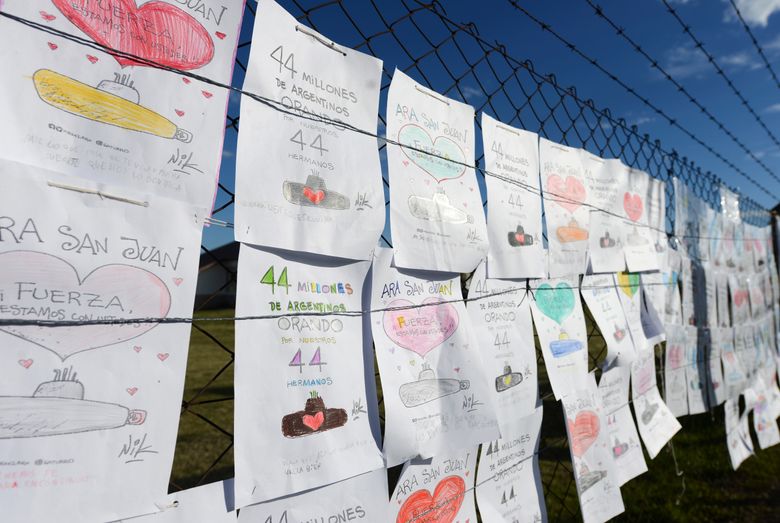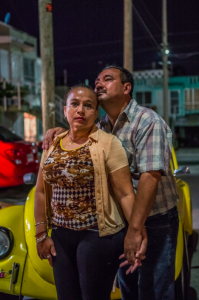The article I chose this week is very different from articles I have chosen in the past. This article sheds provides positivity and inspiration in contrast to the usual current event and news. This weeks article is, “Mexico Creates Huge National Park to Protect Marine Life.” The Mexican government sectioned a large marine reserve around the Revillagigedo Archipelago ( a group of islands along the west coast of Mexico). The protection zone 57,000 square miles. This is about the length of the United States times 20!! This reserve has now become the largest in North America. The National park will ban fishing, forbid extracting natural resources, ban the building of hotels, and be patrolled by the navy to ensure the safety of the wildlife. The reserve is home to endangered and unique wildlife including rays, whales, sea turtles, and coral. The goal of the National park include helping populations which have been affected by commercial fishing. The site is also a major breeding and migrant are for humpback whales. The new protected area will ensure their safety as well. The new national park hopes to The President of Mexico signed the decree with the hopes of influencing other countries to take measures like these to protect wildlife and the environment.
Mexico is portrayed as a positive role model and eco friendly nation with this move to create a National Park. I chose this article because I feel as though it really connected to some of our class presentations on species and wildlife in Latin America. It is refreshing to see humans positively interacting with nature and attempting to mend the damage we’ve done. Chile has also created a massive marine national park and hopefully other countries will begin to as well.






